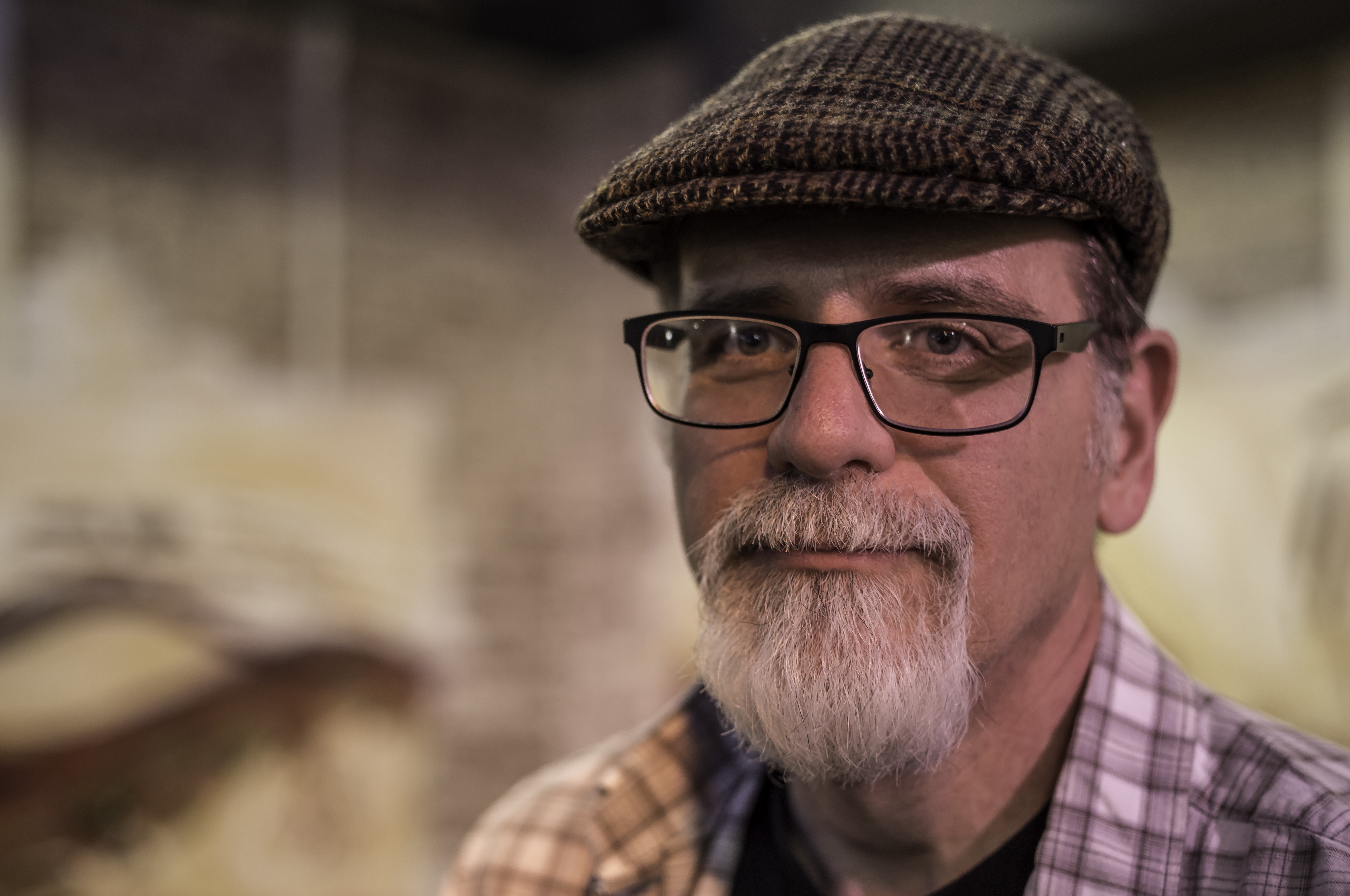Four documentaries by Errol Morris
Lessons in truth seeking

Knowing what the truth is in a given situation seems to be particularly challenging, with news organizations being called false, and totally opposite narratives both being claimed as truth. I suggest a dosage of documentary films by Errol Morris for an antidote. He is fascinated by how we discover the truth. He believes there is an historical truth, even when it is hard to find. He suggests, “It is often said that seeing is believing. But we do not form our beliefs on the basis of what we see; rather, what we see is often determined by our beliefs. Believing is seeing, not the other way around.”
Four documentaries of Errol Morris to watch and consider how Morris seeks truth are:
The Thin Blue Line, like a mystery, is a classic who-done-it and a meditation on how varied the witness of observers is. The police and district attorney ignore many leads because they have already decided that Randal Adams was the cop killer. If you are convinced of that you ignore all the clues that point to the teenaged David Harris. Morris uses recreations, scandalous at the time for documentaries, to show us what each witness describes while at the same time offering insight into the limitations that the space and time would have allowed them to see.
Mr. Death: The Rise and Fall of Fred A. Leuchter, Jr. exposes the viewer to the rambling story of Leuchter, who designed improvements for electric chairs which then opened the door to his giving advice to prisons about other forms of capital punishment. The film becomes fascinating when Leuchter was invited to help a Holocaust denier investigate if there had ever been gas chambers at Auschwitz. In over his head, he videoed himself sneaking into the camp and extracting what he thought would be the evidence. He was so convinced of his opinion that he couldn’t see the truth.
Standard Operating Procedures, with meticulous piecing together of photographs, moving timelines, dramatic recreations and his standard extended interviews drags us into the torture and abuse of prisoners at Abu Ghraib prison in Iraq. These photos led to a public scandal. Morris explores how the photographs indict the people in them, while simultaneously not showing us who was really responsible. The photographs in fact keeps us from looking at the deeper reality.
The Fog of War (2003 Academy Award for Best Documentary), based on 20 hours of interviews with Robert McNamara (Secretary of Defense under Kennedy) considers what McNamara has learned from events from the Cuban missile crisis to Vietnam War. Some of the conclusions: belief and seeing are often wrong, and be prepared to reexamine your reasoning. These illustrate the continued timeliness of the film.
My suggestions based on Morris and other journalistic training:
- The truth must be constructed from many witnesses, documents and information. It will rarely come to you through an opinion-based piece.
- Verify if possible with multiple real sources any information that is handed to you.
- Watch for the details.
- Pay attention to what questions don’t get asked, to what is not considered, to what leads are not followed.
- Watch for the little lies that might signal larger ones.
- Do some research on how the memory works, especially when remembering traumatic and painful events.
- Make a list of information you think would be important for you to understand the reality. Is this information being investigated?
- Who in this documentary was privileged to ask the questions? Who has the power in the situations that are being examined?
- Is there a rush to find a conclusion rather than an honest desire to find the truth? (If someone is rushing the process I become suspicious.)
- Does anyone in the situation appear to prejudge the situation before the evidence is even gathered?
- What seems logical in the situation, and where are the apparent inconsistencies between witnesses?
I spent years doing documentary work and I was reflecting on how that assists me when watching someone testify. I recognize that it takes time to answer fully and truthfully. I would never choose to do an interview where I didn’t have at least an hour to give to it. That means I give space for people to think and respond. After the initial answer, I allow a space of silence so they can add more to what they are saying. What I also watch for are those moments that suggest more is under the surface than the answer I am getting. Do they seem on the verge of saying more? If someone responds with: anger at my even asking the question, or by commenting on something other than the question, or turns the question back on me, I suspect there is more information to be found. I watch the body language for clues the person is evading the question or are they digging deep to tell the whole story. I respect those who take risks to tell their story, knowing it will bring personal pain and not be accepted by many listeners. I have been shaped by listening to stories of trauma. I hope it has made me slower to judge and quicker to listen.
Watch these documentaries and consider how Morris crafts each one in the search for the truth of the particular event. Note how he lets people talk for extended periods without interruption. Then consider if your own seeing is affected by what you believe? If nothing else each of the films demonstrates Morris’ superb usage of the documentary form.




